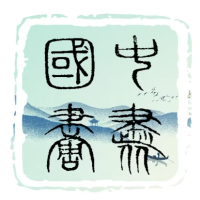张改琴,庆阳人,生于戊子年,书画皆擅,尤工书法。其楷书静涵动意,行草动寓沉思,风骨自成一体。得敦煌遗韵,融革新之象。绘西陲之景,写高原之魂,笔触间显坚韧,气象浑厚,壮阔高远,誉满书坛。
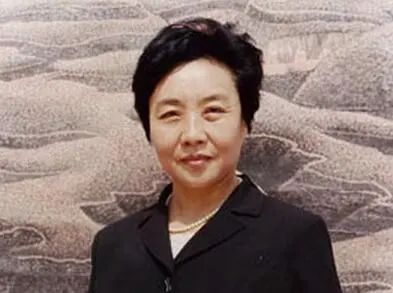
于书道,张氏心怀古今,守本文化之基,融入当代意境。其作,既承传统,亦不囿常规,探究心意之所在。她笔下苍茫之地,充满厚重生命力,书法雄浑,藏于笔墨深处的,是历史的回响与思考。作品静中自有波澜,沉稳中蕴锋芒,始终于平和间展现出其内在的坚忍与广阔。
张氏书作,既不离文人雅趣,又汲北碑峻厚,于形式诸多变化中,自成气度。笔下游走于古法与新意,临摹不失锋锐,自创亦能妙悟。线条时涩时畅,隐隐透出力道,笔势沉稳中自具巧思,蕴涵汉字深意,静观久赏,弥见其心之深远。张改琴心入书道,体悟久远。于书中探得无言之妙,笔墨之间,常显风雅幽远之致。其不慕世俗之赞,然求内在与笔韵相契,远离凡响之火气,得古意之沉寂。书法如行云流泉,起落自成,藏劲于柔,微微透露自然之奥。她静守艺林,于纷纭世间独得诗意之趣,执笔而书,未尝张扬,然气象自现,似与古风神会,意象深蕴,言外之音远而悠长。
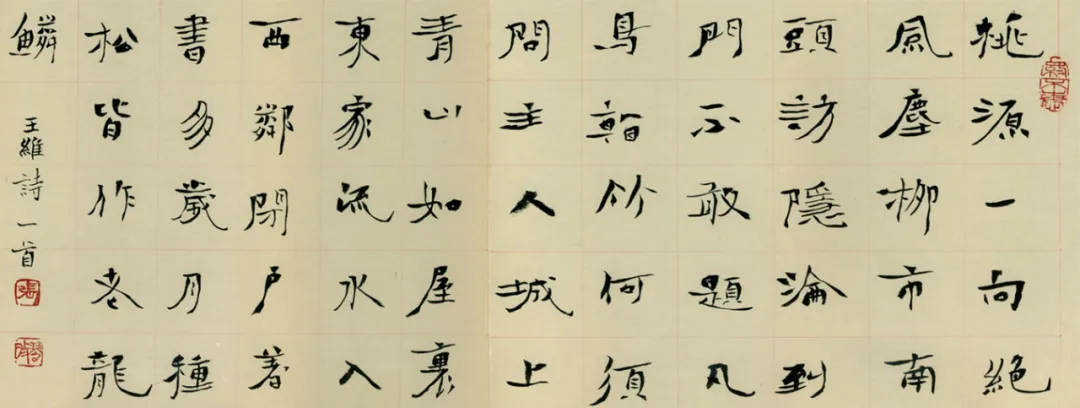
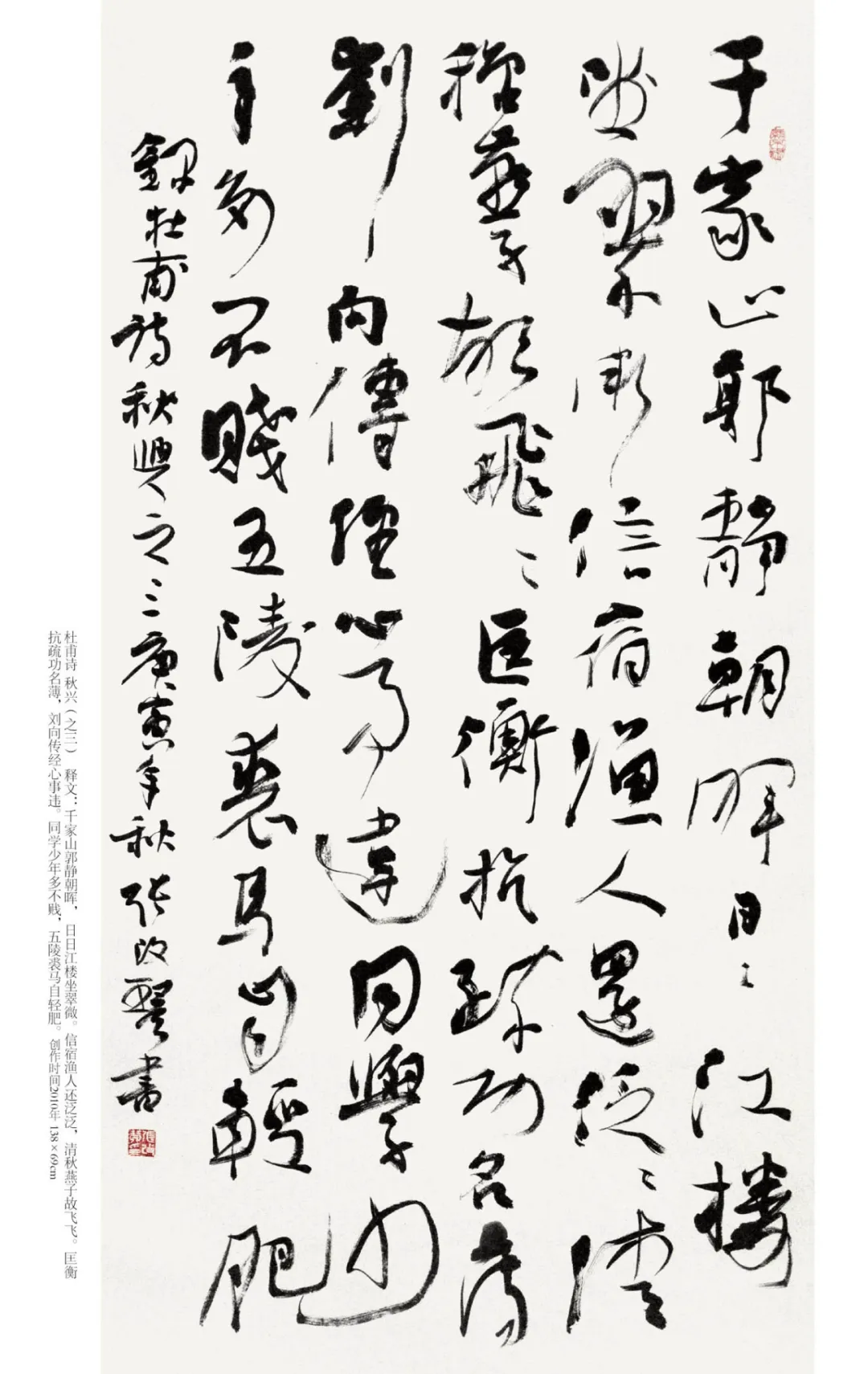
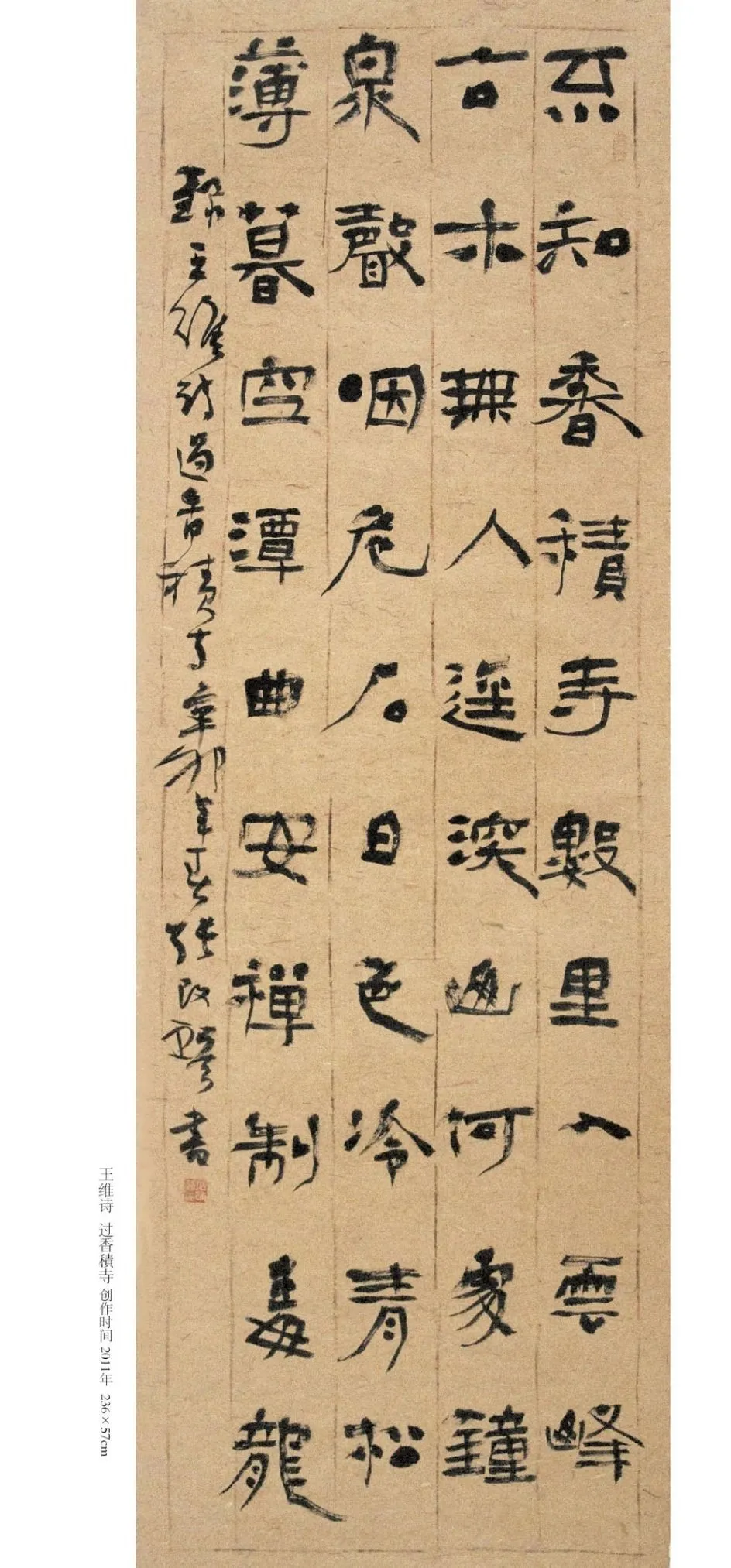
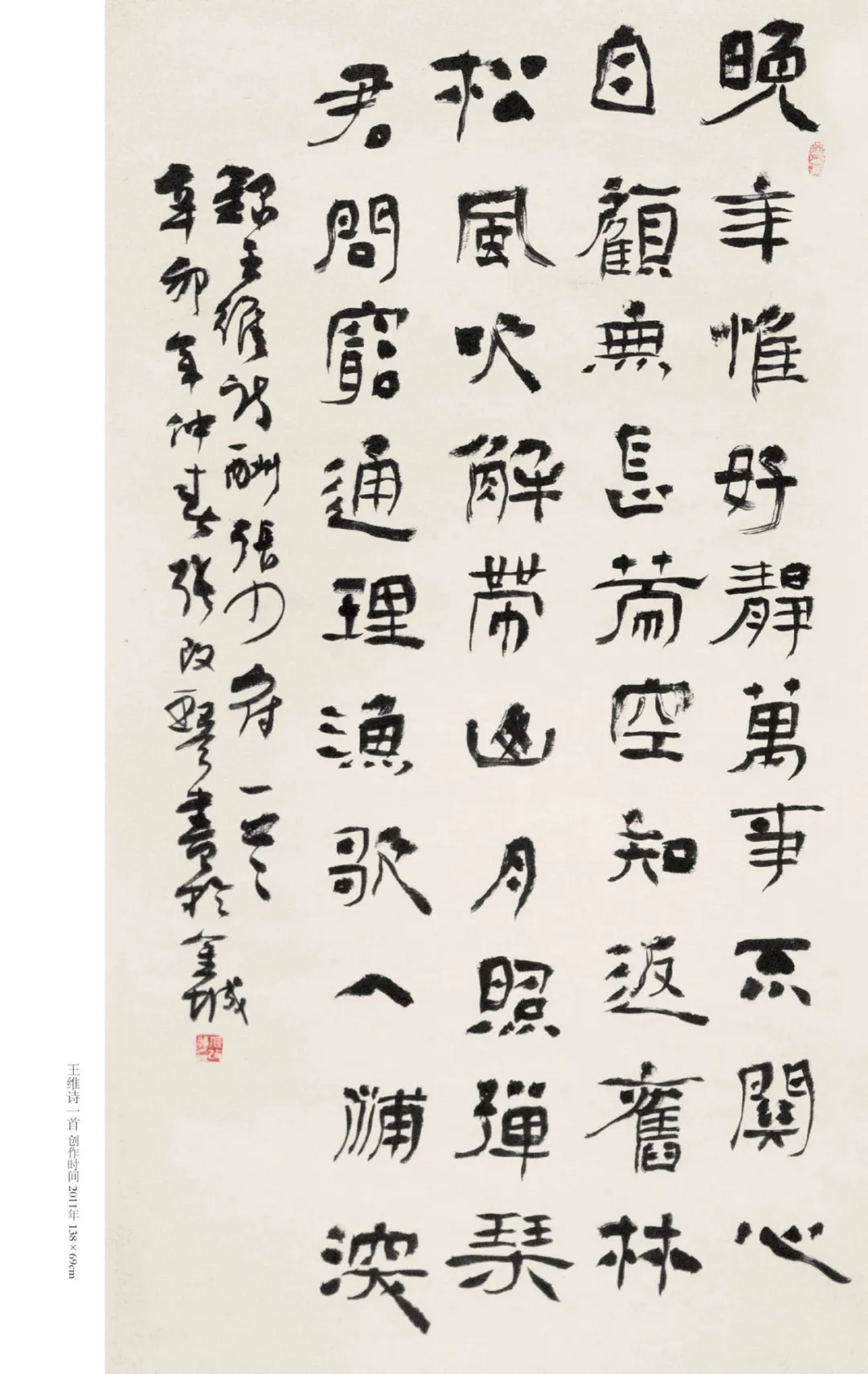
其书画相融,刚柔并调。观其画,虽简淡,气韵深沉;其书碑帖,石刻遗韵,笔力坚稳,隐有金石厚重之势。张氏不为常规所限,亦非肆意妄为,取古今之精,贯通己意,融入纸上,天地意象自胸中散发。其作恢宏,气象宽广,然其中蕴藏静思,苍凉与厚重交织,隐隐传达岁月之痕,生命之意。书中碑学遗风,张氏心领神会,既通石刻之奥,又得金石遗意。其书与画互生,书中见画之静,画中藏书之神,气脉相通,意趣深远。其于笔墨游走,淡然不言,而意境高古,凡见其作者,莫不叹其境界之深,难以尽述。

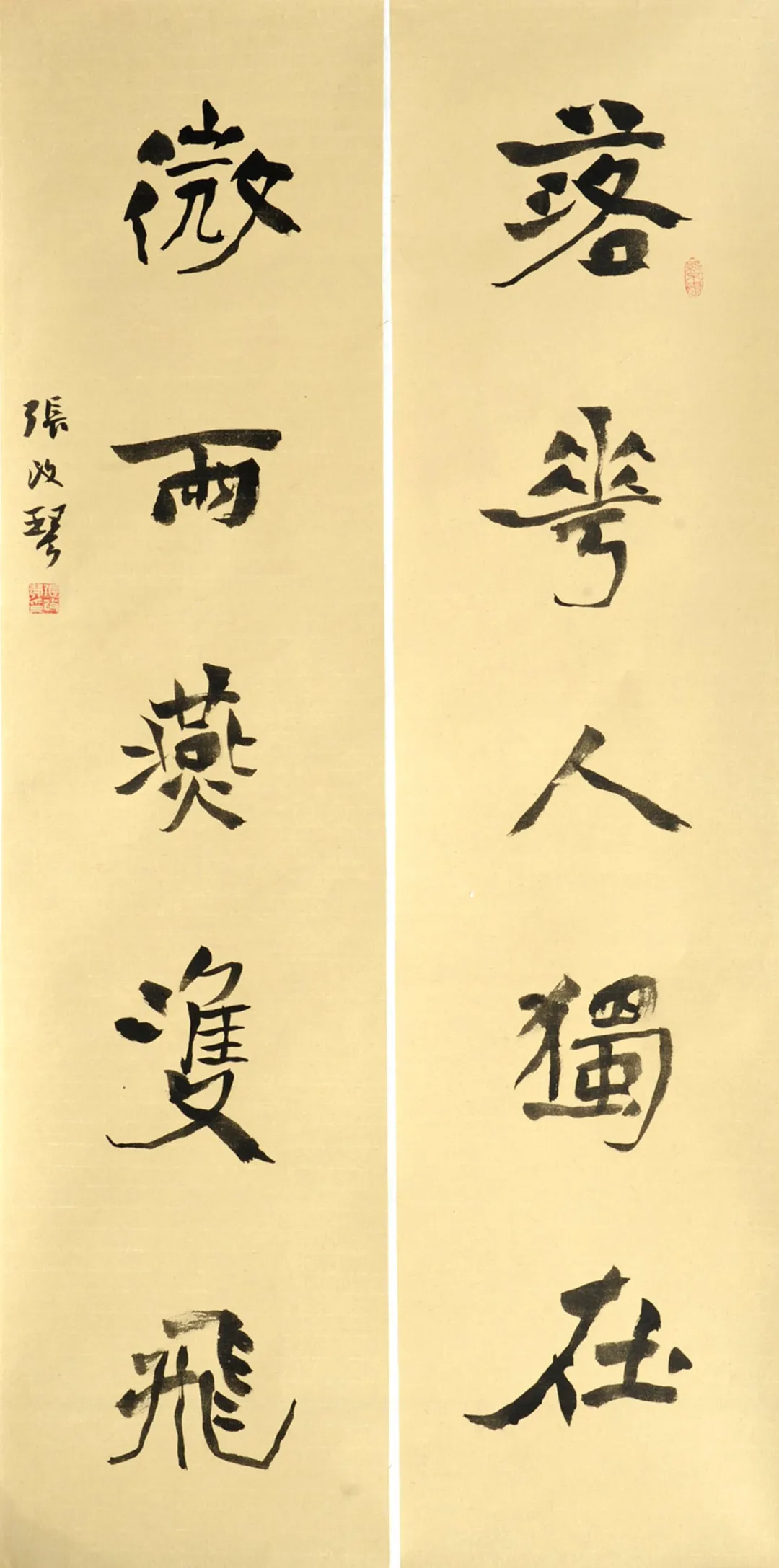
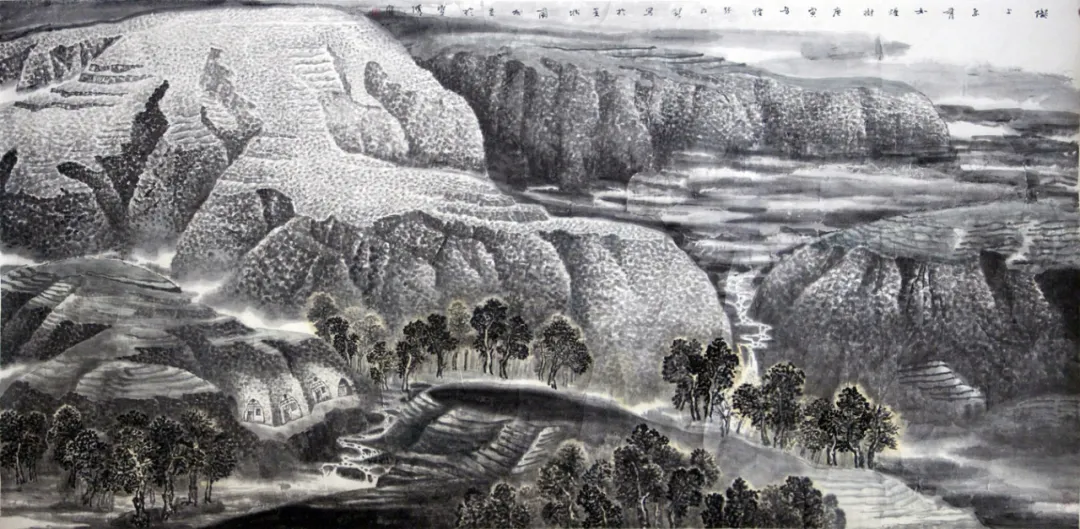
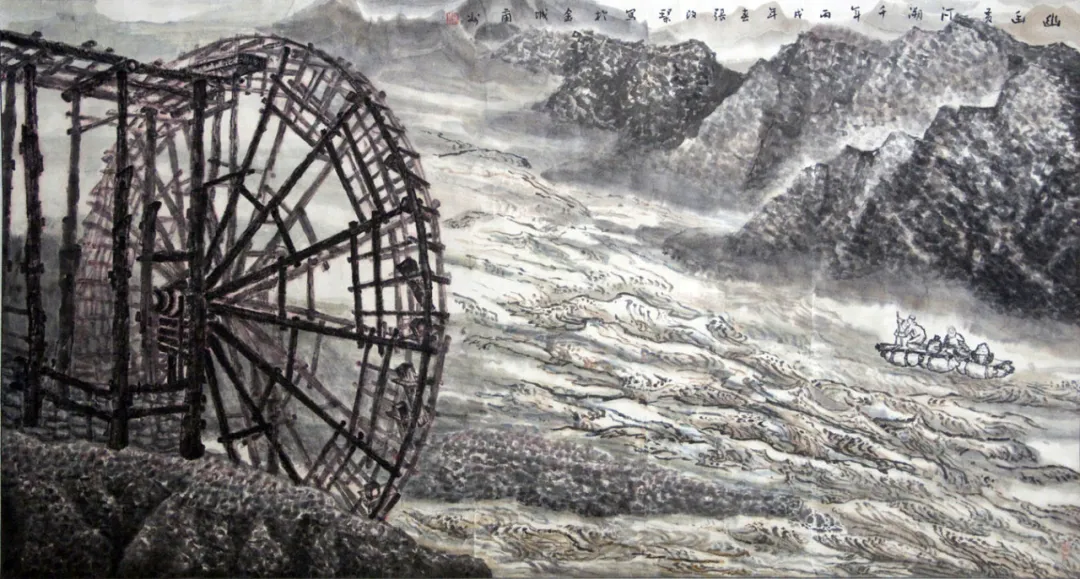
张改琴于书道,心力俱深。楷法静中藏动,行草动中隐静,妙在相生相成。此种双姿并现,极为难得,尤见女性书家之特长。昔黄鲁直尝言,书须常观魏晋古迹,悟而后通。张改琴素心向往,独钟《张黑女》法,率意中不失严谨,趣味深长。彼时多有倾心此法者,然能探其微者寥若晨星,而张氏于此得其真味,乃静心揣摩,妙笔生辉。其作《滕王阁序》,融行草于楷,骨架虽承《张黑女》之形,然结构中巧生新意,灵动之外,隐有深思。其心之精微,笔下显然,思妙而胆定,气象自见。张改琴于线条掌控,精准而不露锋芒,笔笔皆深藏气韵。其书若其画,宁静高远,胸中自有丘壑。笔墨流转,如大漠苍山之气,坚忍不拔,川流不息。每字每划,皆倾心力,不见其功,乃自见其道。书如画,画如心,外静内厚,隐透苍凉与浩然之气,似西部风骨入纸,余韵不绝,观者无不为之动容,神游其中。
甘肃古土,文气深藏,历代翰墨之宗,代代相承。张芝、索靖诸贤,艺踪遍洒,遗迹长存,千秋传颂,后世所望。张改琴承斯遗泽,于古法中潜心探幽,渐成己道。其书,厚重如斯,灵动其中,古风未失,新意自出。观其笔墨,既含旧韵,亦透时风,隐隐见其心志之所系。然其艺途,未尝止步。地方之气尚待融贯,然其心力所至,已为甘肃书道之脉注新机。观其行,未来甘肃书风,将于承继中日益精进,随时势开拓。此中气象,亦将为中国书道之林添上新枝,留足余味,意蕴无穷,未来不可限量。

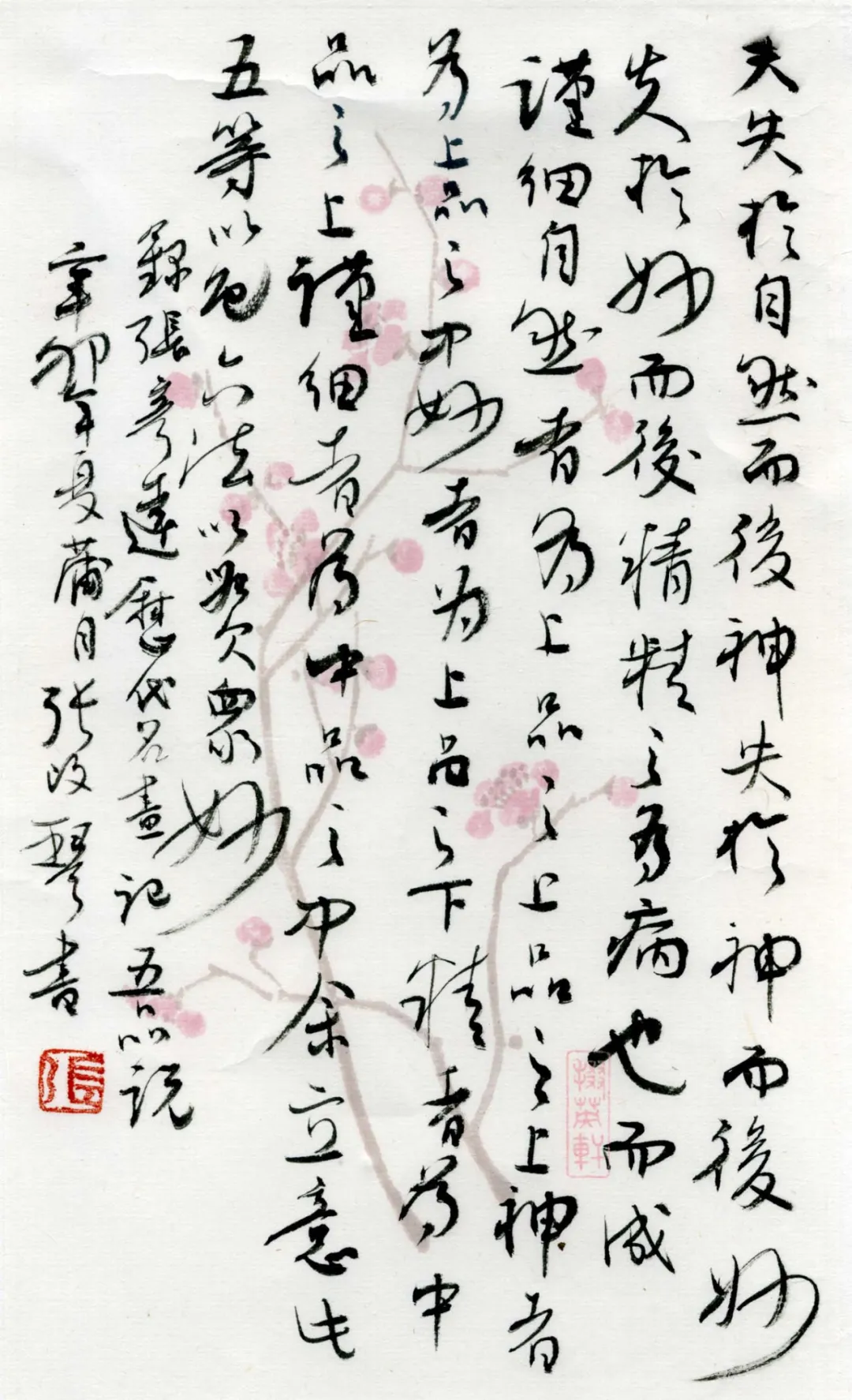
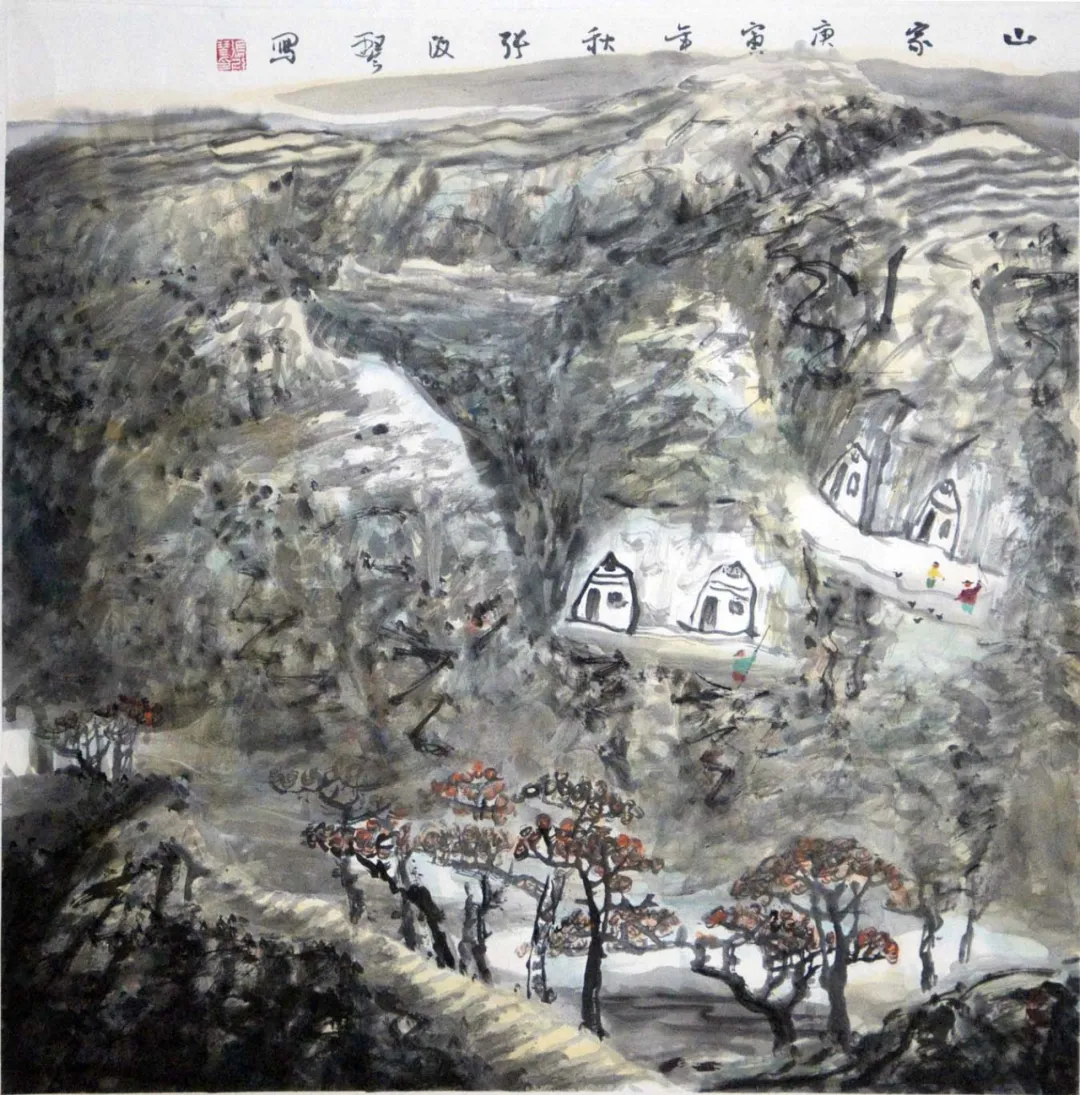

Zhang Gaiqin: Harmonizing Softness and Strength in Ink, Fusing Ancient and Modern Grandeur
Zhang Gaiqin, born in the Wuxi Year in Qingyang, excels in both painting and calligraphy, with a particular mastery in the latter. Her regular script combines stillness with subtle movement, while her cursive script embodies deep reflection, creating a distinctive style of its own. Inspired by the charm of Dunhuang, she integrates innovation in her work. She paints scenes of the western frontier and captures the spirit of the highlands, with brushstrokes that convey resilience and grandeur, earning her widespread recognition in the calligraphy world.
In her approach to calligraphy, Zhang bridges the ancient with the modern, rooted in cultural tradition while integrating contemporary aesthetics. Her work respects tradition without being bound by it, constantly exploring deeper expressions of thought. The vast landscapes she portrays are filled with a profound vitality, and her bold calligraphy is imbued with the echoes and reflections of history. Within the calmness of her works, hidden waves of emotion reside, and in their tranquility, sharpness emerges, displaying her inner perseverance and expansiveness.
Her calligraphy carries the refined taste of literati while also drawing upon the boldness of northern steles. Through various forms and styles, she has developed her own distinct character. Zhang balances traditional methods with innovation, maintaining sharpness in her imitations and demonstrating insight in her original works. Her lines alternate between roughness and smoothness, subtly revealing strength, while the calmness of her brushstrokes carries deep thought. The profound meanings of Chinese characters emerge in her works, and upon close observation, their depth becomes even clearer.Zhang's deep understanding of calligraphy reveals a long-lasting appreciation for its subtle beauty. Within her brushwork, elegance and a distant charm are often present. She avoids seeking popular acclaim, instead striving for inner harmony with her calligraphic rhythm, distancing herself from the noise of the mundane world and embracing the serene essence of ancient thought. Her calligraphy flows naturally, like clouds and streams, with strength hidden in its softness, gently hinting at the mysteries of nature. Quietly residing in her artistic world, she finds poetic joy amidst the chaos, her grandeur emerging quietly yet unmistakably, as if in communion with the ancient spirit. Her imagery holds deep meaning, and the unspoken depth lingers far beyond the surface.
Her calligraphy and painting blend seamlessly, harmonizing strength and softness. Her paintings, though simple, exude a deep and powerful energy. Her calligraphy, reminiscent of ancient stone carvings, is firm and steady, carrying the weight of metal and stone. Zhang does not confine herself to conventions, nor does she act recklessly. She draws on the essence of both ancient and modern styles, integrating her personal insights into her works, where the imagery of the universe flows from her heart onto the paper. Her works are grand in scope, with vast breadth, yet they conceal moments of quiet reflection. The intertwining of desolation and weight subtly conveys the marks of time and the essence of life.The legacy of stele studies in her calligraphy is something Zhang has thoroughly grasped. She understands not only the secrets of stone carving but also the essence of metal and stone. Her calligraphy and painting feed into each other—the stillness of painting is reflected in her calligraphy, while the spirit of calligraphy resides in her paintings. The energy flows between them, creating a profound and far-reaching aesthetic. As her brush moves through ink, she speaks quietly through her work, revealing a lofty and ancient atmosphere. Those who view her creations are struck by their depth, often left without words to fully express their admiration.
Zhang Gaiqin has deeply immersed herself in the world of calligraphy. Her regular script hides movement within stillness, while her running-cursive script conceals stillness within movement, creating a rare harmony of opposites that is especially evident in female calligraphers. Huang Tingjian once said that calligraphy must regularly observe ancient Wei and Jin Dynasty works to fully comprehend its essence. Zhang has long admired this philosophy and is particularly fond of the style of Zhang Hei Nu. Her strokes are free yet precise, full of depth and lasting appeal.
While many have been drawn to this method, few have truly grasped its subtleties. However, Zhang has captured its essence through quiet contemplation, allowing her to wield her brush with brilliance. In her work Tengwang Pavilion Preface, she skillfully blends cursive with regular script. While its structure follows the form of Zhang Hei Nu's style, new ideas emerge within the composition, bringing vitality and depth.Her meticulous thought process is evident in her strokes, demonstrating both delicate insight and bold confidence, which naturally manifest in the work's grandeur. Zhang Gaiqin's control of line is precise yet unassuming, with each stroke deeply imbued with energy. Her calligraphy, like her painting, exudes a quiet and lofty aura, reflecting the inner landscapes of her mind.Her brush moves like the vast deserts and towering mountains—steadfast, resilient, and flowing like an ever-moving river. Each character and stroke carries her full effort, but her skill is not overt—her artistry speaks for itself. Her calligraphy, like her painting, reflects her heart. Outwardly calm, but with great depth, it hints at a sense of desolation and boundless energy, as if the spirit of the western frontier has been infused into the paper. The lingering charm captivates viewers, leaving them profoundly moved, their minds wandering within the work.
The ancient soil of Gansu is rich with hidden cultural spirit, home to generations of calligraphic masters, whose legacies have been passed down through the ages. Figures like Zhang Zhi and Suo Jing left their artistic marks across the land, their works enduring and celebrated for millennia, inspiring future generations.Zhang Gaiqin has inherited this legacy, delving deeply into ancient methods while gradually developing her own path. Her calligraphy is weighty, yet alive with movement, retaining an ancient charm while expressing fresh ideas. In her brushstrokes, one can perceive both the echoes of the past and the spirit of the present, subtly revealing her innermost thoughts and aspirations.
However, her artistic journey has not reached its end. There is still much to harmonize between the local spirit and her work, yet her dedication has already injected new vitality into Gansu's calligraphic tradition. Observing her progress, it is clear that the future of Gansu's calligraphic style will continue to evolve, improving through inheritance while expanding with the times.This new atmosphere will add fresh branches to the forest of Chinese calligraphy, leaving behind a lasting taste, rich in meaning and endless potential. The future holds limitless possibilities.
责任编辑:苗君
